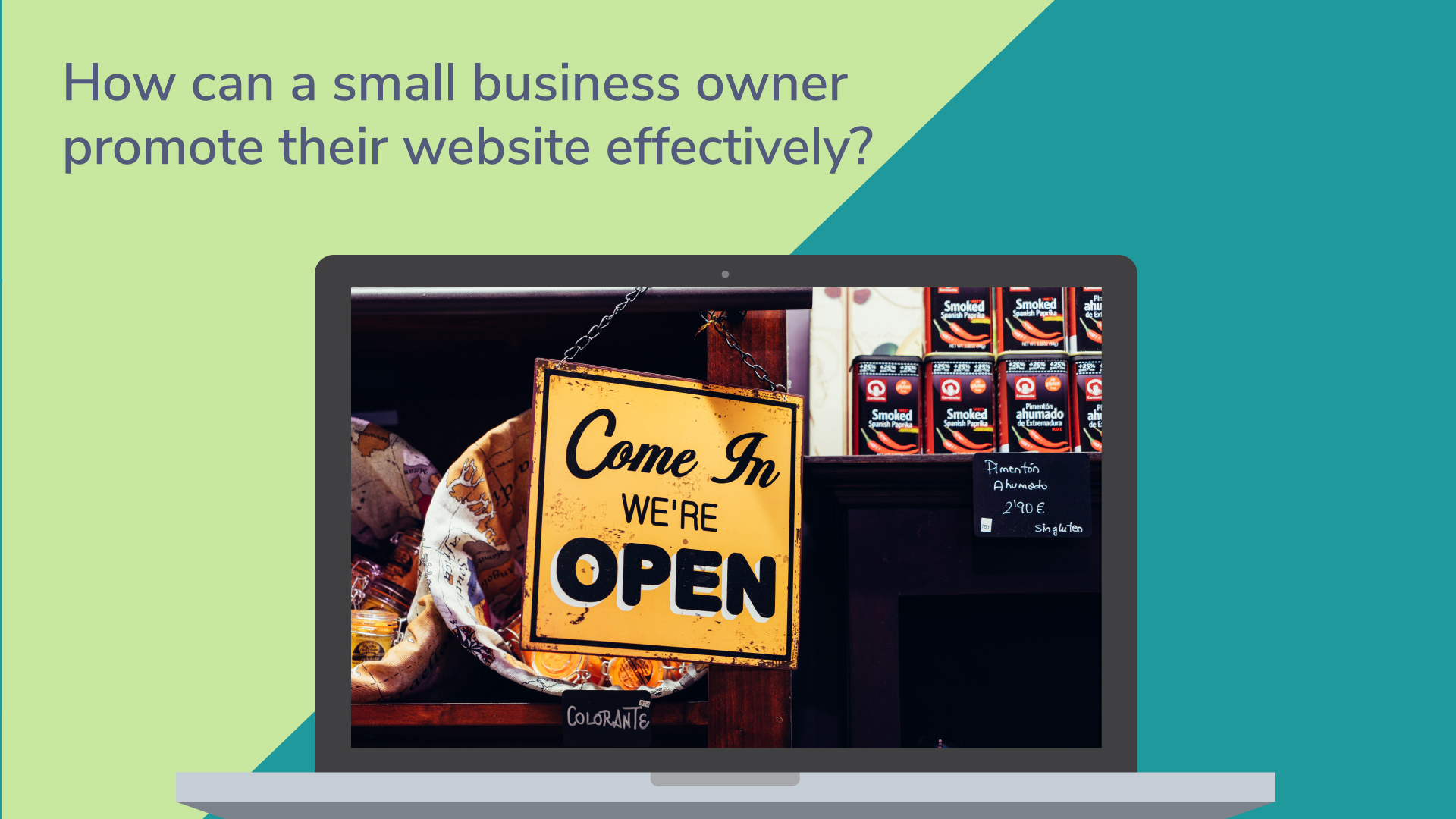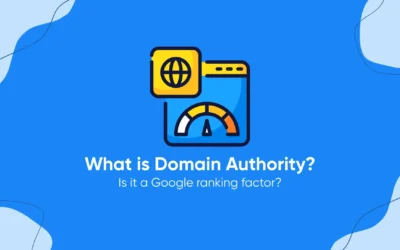Today’s question is, “How can a small business owner promote their website effectively?” This is a complex question that requires more than a brief video to answer, but let me offer a starting point. When I meet with small business owners, they often treat their websites like static brochures—filled with a list of services, a phone number, and generic stock photos that don’t resonate. My first step is to encourage them to clarify their goals for the website.
Promote Your Small-Business
Is the primary objective to close sales? Is it to generate phone calls? Or is it simply about gaining visibility and establishing credibility? Additionally, when potential customers Google your business, does your website present you as a legitimate operation? Each business may have different objectives, but it’s vital to define these before launching any promotional efforts. Promoting a site for exposure is a different strategy compared to promoting it for sales.
Another common misconception among small business owners is the value of website traffic. Many believe that simply achieving 10,000 hits per month means success. However, the real question is: what is that traffic doing once it arrives at your website? While SEO companies can drive traffic, your website needs to be designed effectively to convert that traffic into actionable outcomes based on your defined goals.
One of the most effective ways to promote a website is by creating and sharing valuable content, much like the informative video you’re watching now. Hopefully, you find it helpful! If this video is your first introduction to Fiddler Online, now you know who I am, what I do, and how to reach me. My focus is on helping small business owners design fantastic websites that serve their specific needs. Quality content can lead to achieving your business objectives, whether that’s gaining new clients, boosting sales, or enhancing brand awareness.
To effectively promote your website, it’s essential to start by identifying the core goal of that website. Understanding this will help you develop a targeted promotional strategy. If your goal is to increase sales, your content and marketing efforts should focus on driving potential customers toward a purchasing decision. This could include product showcases, customer testimonials, and clear calls to action that encourage visitors to take the next step, whether that’s completing a purchase or reaching out for more information.
On the other hand, if your goal is primarily to build brand awareness, you might focus on creating engaging blog posts, videos, or social media content that showcase your expertise in your industry. Sharing helpful tips, case studies, or industry news can position you as a thought leader and attract a wider audience. In this case, the focus shifts from immediate sales to nurturing relationships with potential customers over time.
Additionally, using analytics tools to track user behavior on your site can provide invaluable insights into how visitors interact with your content. Understanding where they drop off, which pages get the most views, and how they found your site can inform your marketing strategy and help you refine your approach. This data allows you to make informed decisions about what content to promote and where to focus your efforts.
Finally, don’t underestimate the power of social media and online communities in promoting your website. Engaging with your audience on platforms like Facebook, Instagram, or LinkedIn can drive traffic back to your site and help you reach new customers. Share snippets of your content, post updates about your business, and encourage conversations that can lead to valuable connections.
In conclusion, promoting a small business website effectively requires a clear understanding of your goals and a targeted approach to content creation and marketing. Whether your aim is to increase sales, build brand awareness, or establish credibility, developing a strategy that aligns with your objectives is crucial. Focus on delivering valuable content, using analytics to refine your approach, and engaging with your audience on social media to maximize your website’s impact. By doing so, you can create a powerful online presence that not only attracts visitors but also converts them into loyal customers.





0 Comments